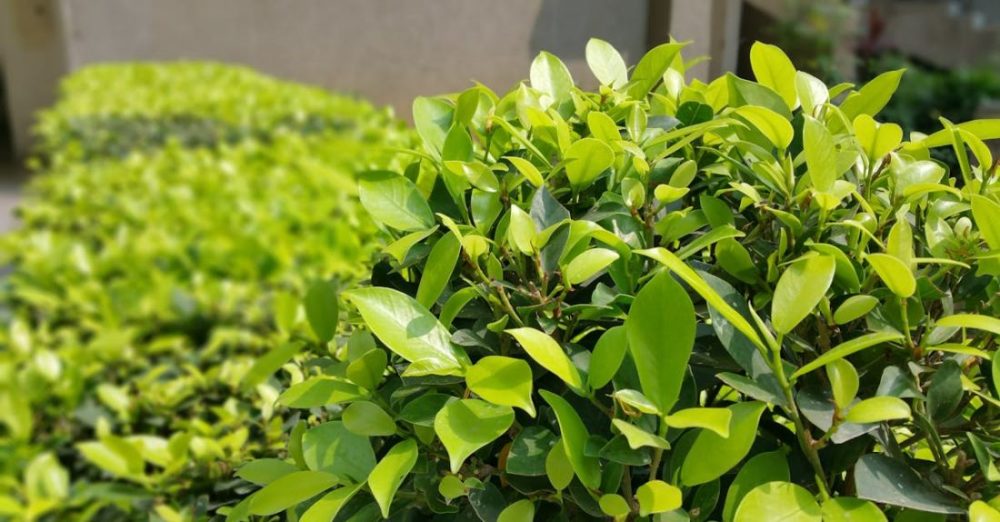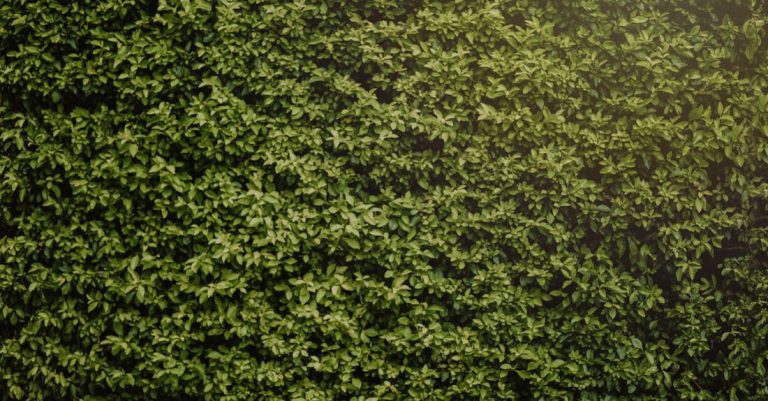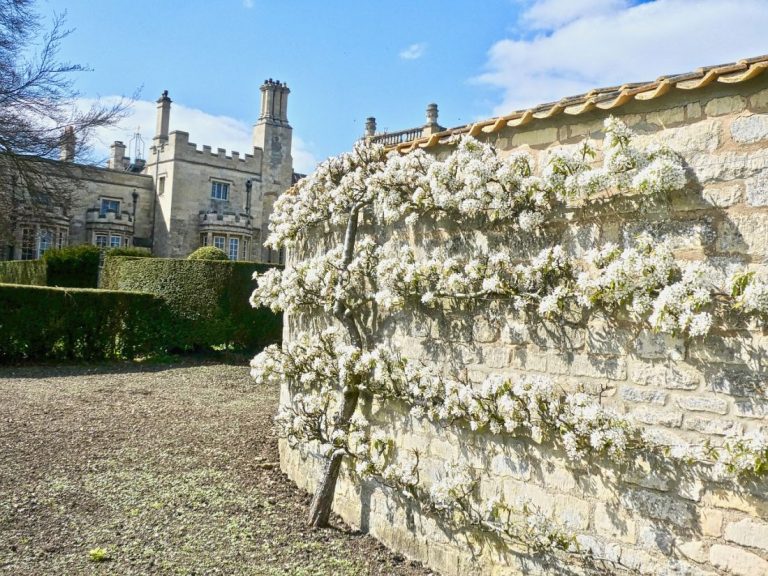
Pruning shrubs is an essential practice that promotes healthy growth and enhances the overall appearance of your garden or landscape. When done correctly, pruning helps to maintain the shape of the shrub, encourages new growth, and improves air circulation and sunlight exposure. Whether you are a seasoned gardener or a beginner, understanding the basics of pruning shrubs can make a significant difference in the health and vitality of your plants.
**Why Pruning is Important**
Pruning plays a crucial role in the life of a shrub by removing dead or diseased branches, stimulating new growth, and shaping the plant to encourage a fuller and more compact form. By eliminating overgrown or tangled branches, pruning allows for better air circulation and sunlight penetration, reducing the risk of disease and promoting photosynthesis. Furthermore, pruning helps to maintain the size of the shrub, preventing it from outgrowing its designated space in the landscape.
**When to Prune**
Knowing when to prune your shrubs is key to ensuring their health and vitality. Generally, the best time to prune most shrubs is in late winter or early spring while the plant is still dormant. This dormant period allows the shrub to recover quickly from pruning and promotes vigorous growth once the growing season begins. However, some shrubs may have specific pruning requirements based on their flowering times or growth habits, so it is essential to research the particular needs of each plant before pruning.
**Tools for Pruning**
Having the right tools for the job is essential when it comes to pruning shrubs effectively. Sharp and clean pruning shears are a must-have for cutting smaller branches, while loppers or pruning saws may be necessary for thicker branches. It is important to keep your tools sharp to make clean cuts that promote faster healing and reduce the risk of damage to the plant. Additionally, disinfecting your tools with a solution of 1 part bleach to 9 parts water between cuts or when moving between plants helps prevent the spread of diseases.
**How to Prune**
When pruning shrubs, it is essential to follow a few basic guidelines to ensure the health and longevity of the plant. Start by removing any dead, damaged, or diseased branches, cutting them back to healthy tissue or to the base of the plant if necessary. Next, look for any crossing or rubbing branches that may impede airflow or cause damage, and prune them to prevent further issues. To shape the shrub and encourage new growth, selectively prune branches to maintain a balanced and open structure.
**Pruning Techniques**
There are several pruning techniques that can be used to achieve different results when shaping shrubs. Thinning involves removing entire branches back to the main stem or trunk to open up the interior of the shrub and improve airflow. Heading cuts are made to shorten branches and encourage new growth, resulting in a denser and more compact plant. Pinching or tip pruning is a method of removing the growing tip of a branch to stimulate branching and create a fuller shrub.
**Maintaining Healthy Shrubs**
After pruning your shrubs, it is essential to monitor their growth and make any necessary adjustments to maintain their health and shape. Regularly inspect your shrubs for signs of disease, insect infestations, or overgrowth, and address any issues promptly. Watering, fertilizing, and mulching your shrubs as needed will help promote healthy growth and ensure they thrive in your landscape. By following proper pruning practices and providing ongoing care, you can enjoy vibrant and healthy shrubs that enhance the beauty of your outdoor space.
**In Summary**
Pruning shrubs is a valuable skill that can benefit both the plants themselves and the overall appearance of your garden. By understanding the importance of pruning, knowing when and how to prune, using the right tools and techniques, and maintaining healthy shrubs, you can create a thriving landscape that showcases the beauty of well-maintained plants. With a little time and effort, you can enjoy the rewards of healthy shrubs that add color, texture, and structure to your outdoor environment.





